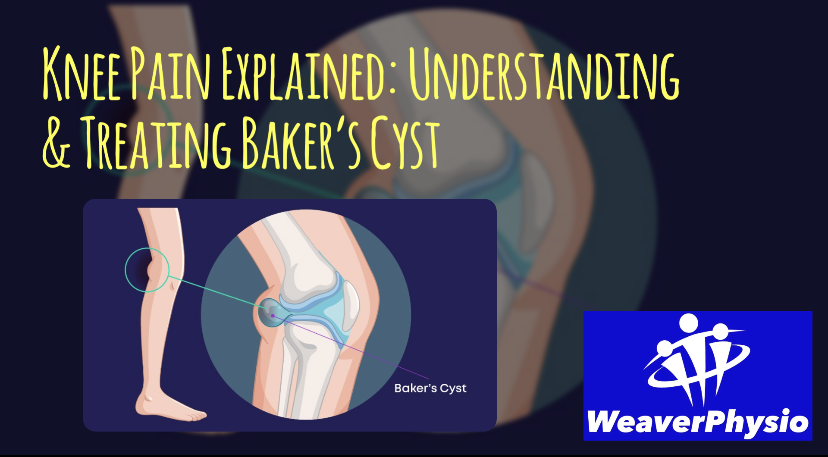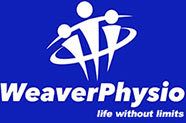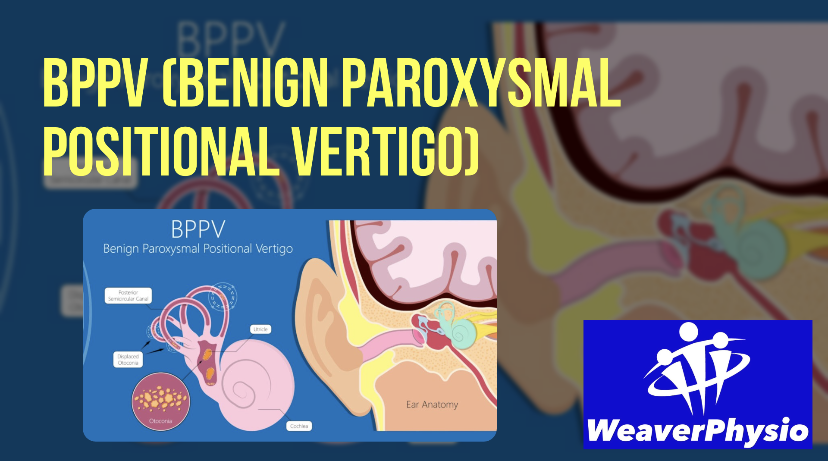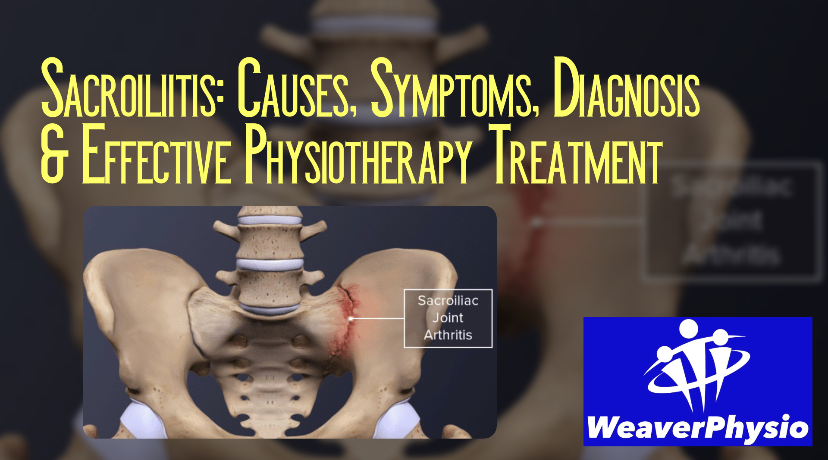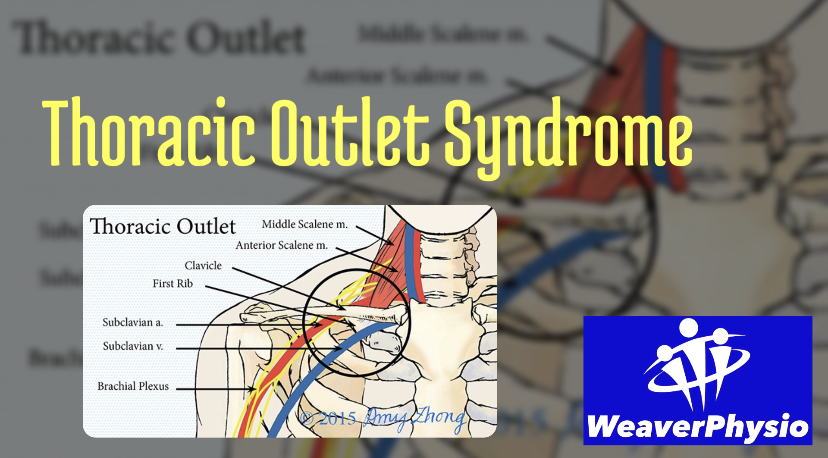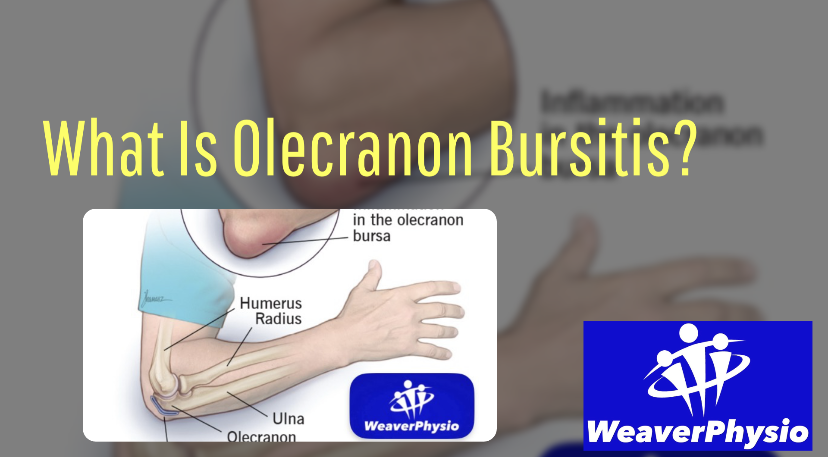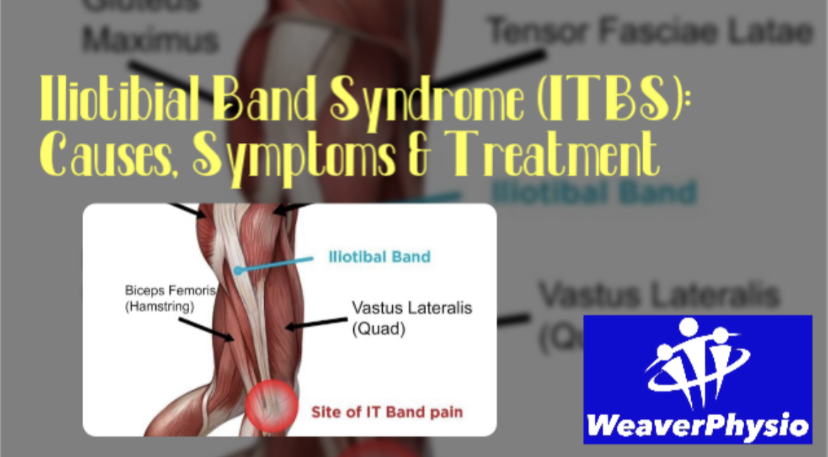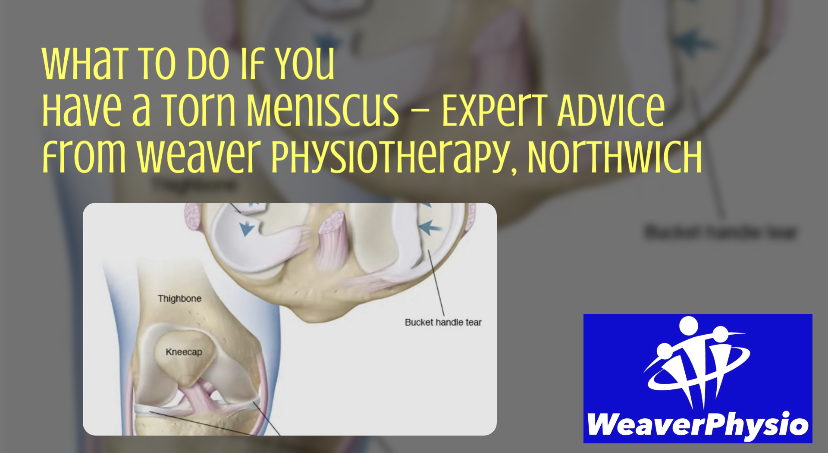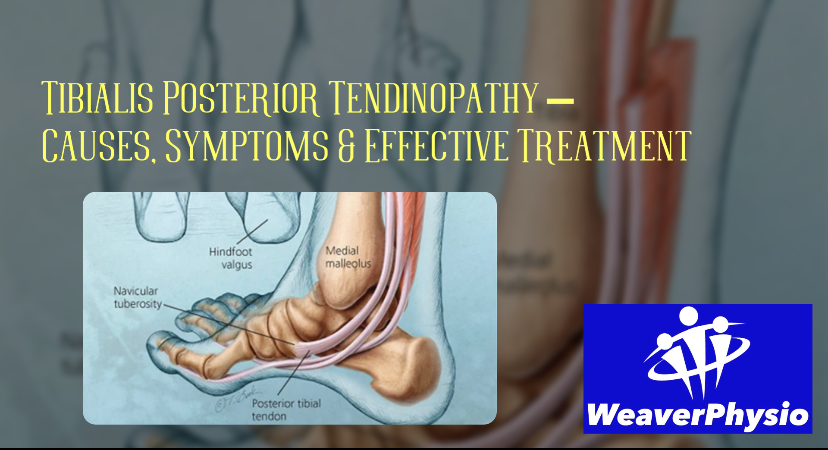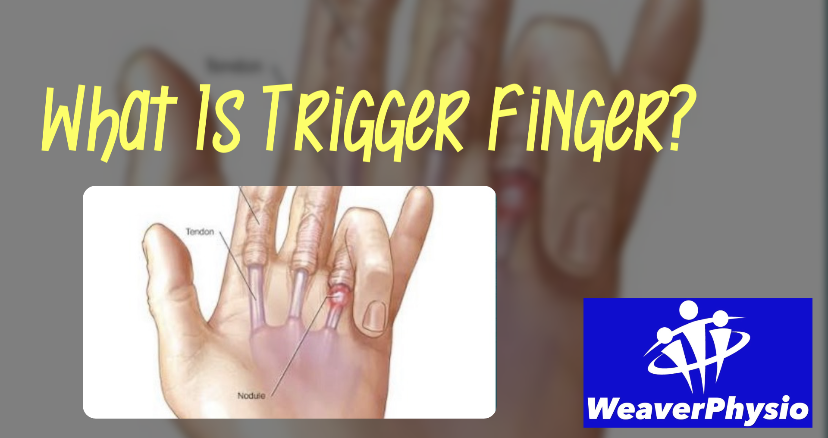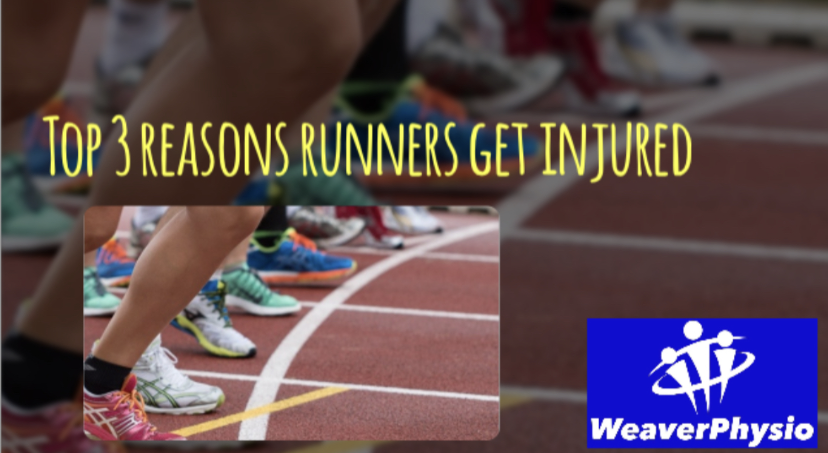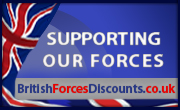De Quervain’s Tenosynovitis:
Causes, Symptoms & Physiotherapy Treatment
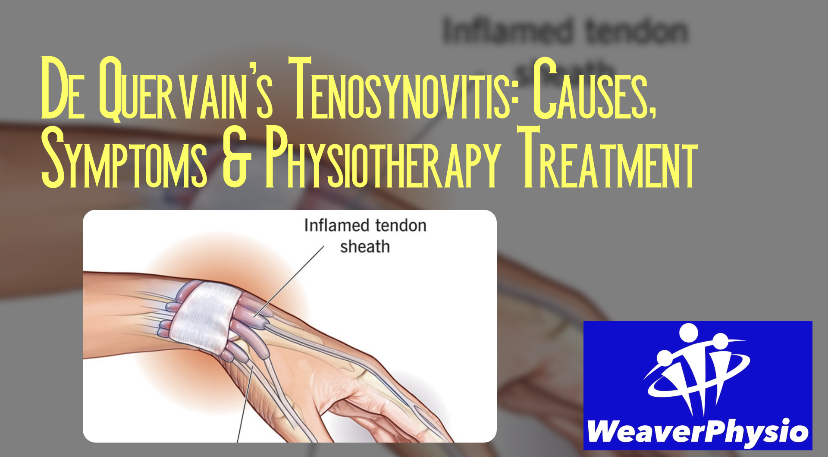
At Weaver Physiotherapy & Sports Injury Clinic in Northwich, Cheshire, our expert team regularly helps patients with painful wrist and thumb conditions such as De Quervain’s Tenosynovitis. This condition can make everyday tasks like gripping, lifting, or even turning your wrist extremely uncomfortable, often interfering with work, hobbies, and sport.
In this in-depth guide, we’ll explain:
• What De Quervain’s Tenosynovitis is
• The common causes and risk factors
• Key symptoms to look out for
• How it is diagnosed
• The latest treatment options, including physiotherapy in Cheshire
• Practical self-care and prevention tips
Our goal is to help you better understand this condition — and reassure you that with the right treatment and support, recovery is possible.
What is De Quervain’s Tenosynovitis?
De Quervain’s Tenosynovitis is a painful condition affecting the tendons on the thumb side of the wrist. The two tendons involved — the abductor pollicis longus (APL) and extensor pollicis brevis (EPB) — are responsible for moving the thumb away from the hand and extending it.
These tendons run through a narrow tunnel (sheath) at the wrist. When the sheath becomes inflamed or thickened, the tendons cannot glide smoothly, leading to pain, swelling, and restricted thumb and wrist movement.
It is sometimes described as “gamer’s thumb,” “texting thumb,” or “new mother’s wrist”, as repetitive hand use is the most common trigger.
Who is Affected?
Anyone can develop De Quervain’s Tenosynovitis, but it is especially common in:
• Women between 30–50 years old – particularly new mothers due to frequent lifting of their babies.
• Manual workers – carpenters, builders, and factory workers who use repetitive wrist and thumb motions.
• Office workers – frequent computer mouse or typing use can contribute.
• Athletes and hobbyists – racket sports, weight training, knitting, sewing, and gaming all increase risk.
At Weaver Physio in Northwich, we see patients from all walks of life with this condition — from athletes to office professionals.
Causes & Risk Factors
The exact cause is usually overuse and repetitive strain of the wrist and thumb tendons. However, several risk factors make some people more likely to develop it:
1. Repetitive Movements
Any activity involving gripping, twisting, or lifting with the thumb can irritate the tendon sheath.
2. Pregnancy & Motherhood
Hormonal changes and repeated baby lifting are strongly linked with new mothers developing De Quervain’s.
3. Injury or Trauma
A direct blow or previous wrist injury can trigger inflammation and narrowing of the tendon sheath.
4. Underlying Conditions
Rheumatoid arthritis and other inflammatory joint conditions can increase risk.
5. Poor Ergonomics
Prolonged computer or mobile phone use without proper wrist support may contribute.
Symptoms of De Quervain’s Tenosynovitis
The main symptoms include:
• Pain on the thumb side of the wrist, often sharp or burning.
• Swelling around the base of the thumb.
• Pain that worsens with gripping, pinching, lifting, or twisting.
• A “sticking” or catching sensation when moving the thumb.
• Difficulty performing tasks like opening jars, turning keys, or lifting a baby.
The pain may develop gradually or appear suddenly after a period of overuse.
How is it Diagnosed?
At Weaver Physiotherapy Clinic in Cheshire, diagnosis begins with a detailed consultation and physical assessment.
The Finkelstein’s Test
The most common diagnostic test is the Finkelstein’s test. The patient makes a fist with the thumb tucked inside the fingers, then bends the wrist towards the little finger. If this movement causes sharp pain along the thumb side of the wrist, it is highly suggestive of De Quervain’s Tenosynovitis.
Imaging such as ultrasound or MRI is rarely needed but may be used if symptoms are unclear or if other wrist problems are suspected.
Treatment Options for De Quervain’s Tenosynovitis
Early treatment is important to prevent the condition becoming chronic. At Weaver Physio in Northwich, we offer a range of evidence-based options:
1. Rest & Activity Modification
Reducing or avoiding painful activities gives the tendons time to recover. Advice may include ergonomic changes at work or altering lifting techniques.
2. Splinting & Bracing
A thumb spica splint supports the wrist and thumb, limiting painful movements while allowing healing.
3. Ice & Anti-inflammatory Measures
Applying ice packs and using anti-inflammatory medication (if recommended by a GP) can reduce pain and swelling.
4. Physiotherapy
This is the mainstay of treatment and highly effective for long-term recovery. At Weaver Physio, treatment may include:
• Manual therapy – gentle mobilisation of the wrist and thumb.
• Soft tissue release – reducing tension in irritated tendons.
• Shockwave therapy – used in stubborn cases to stimulate healing.
• Acupuncture – to relieve pain and improve circulation.
• Individualised rehabilitation exercises – strengthening the wrist and thumb muscles to restore function and prevent recurrence.
5. Corticosteroid Injections
If conservative management does not help, a GP may recommend a steroid injection into the tendon sheath to reduce inflammation.
6. Surgery (Rare)
In very severe or persistent cases, surgery may be required to release the tendon sheath and allow freer tendon movement. This is usually only considered after other treatments have failed.
Physiotherapy Exercises for De Quervain’s
At Weaver Physio, we create a tailored exercise plan. Some common exercises include:
• Thumb lifts – lifting the thumb away from the hand to strengthen the abductor pollicis longus.
• Wrist radial deviation with resistance – gently strengthening the muscles controlling wrist movement.
• Thumb stretches – gently pulling the thumb across the palm to stretch tight tendons.
• Grip strengthening – using therapy putty or a soft ball to restore function.
Exercises are progressed gradually depending on symptoms.
Recovery Timeline
Recovery varies depending on severity and how early treatment begins.
• Mild cases – may resolve in 4–6 weeks with rest and physiotherapy.
• Moderate cases – often require 6–12 weeks of treatment.
• Chronic cases – may take several months and sometimes require injections or surgery.
With expert care at Weaver Physio in Cheshire, most patients achieve excellent long-term results.
Living with De Quervain’s: Practical Tips
• Use ergonomic keyboards and mice to reduce strain.
• Avoid holding heavy objects with the thumb pointing upwards.
• Use a baby sling or carrier to reduce repetitive lifting.
• Take regular breaks from activities that strain the wrist.
• Apply ice after heavy use to settle irritation.
Why Choose Weaver Physiotherapy & Sports Injury Clinic?
At Weaver Physio in Northwich, Cheshire, we are proud to be recognised as Cheshire’s Sports Injury Specialists, trusted by patients across Northwich, Knutsford, Winsford, Middlewich, Tarporley, and Frodsham.
When you choose us for De Quervain’s treatment, you benefit from:
• 70+ years of combined clinical experience.
• Chartered Physiotherapists with specialist expertise in hand, wrist, and upper limb rehabilitation.
• Access to advanced treatments such as Shockwave Therapy, Acupuncture, and Sports Massage.
• Personalised rehabilitation programmes tailored to your lifestyle.
• A friendly, supportive environment focused on your recovery.
Conclusion
De Quervain’s Tenosynovitis is a painful but very treatable condition. With early intervention, physiotherapy, and simple lifestyle adjustments, most people make a full recovery and return to pain-free living.
At Weaver Physiotherapy & Sports Injury Clinic, we are committed to helping you overcome wrist and thumb pain with the highest standards of care. Whether you are a new mother, an office worker, an athlete, or simply someone struggling with daily tasks, our team can help you get back to doing what you love.
📞 Call 01606 227484 today or visit www.weaverphysio.com to book your consultation.
